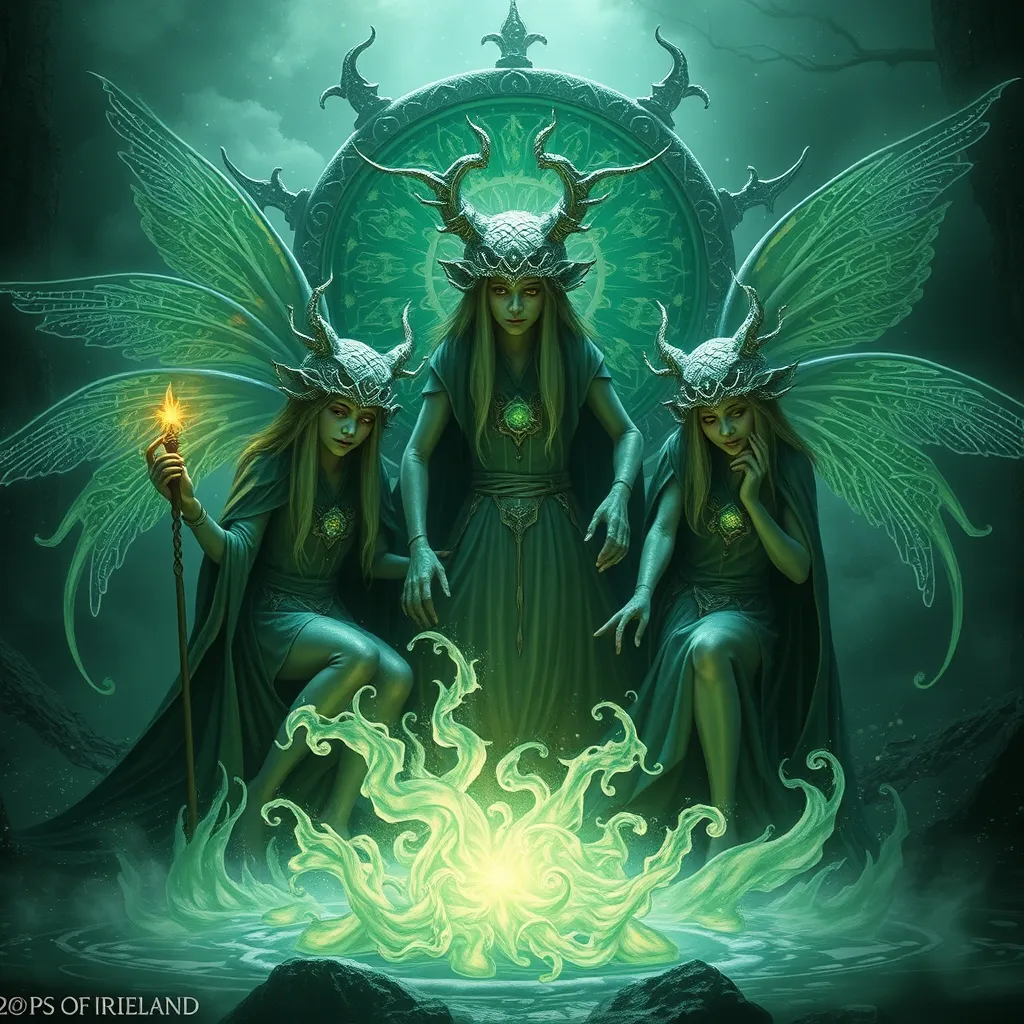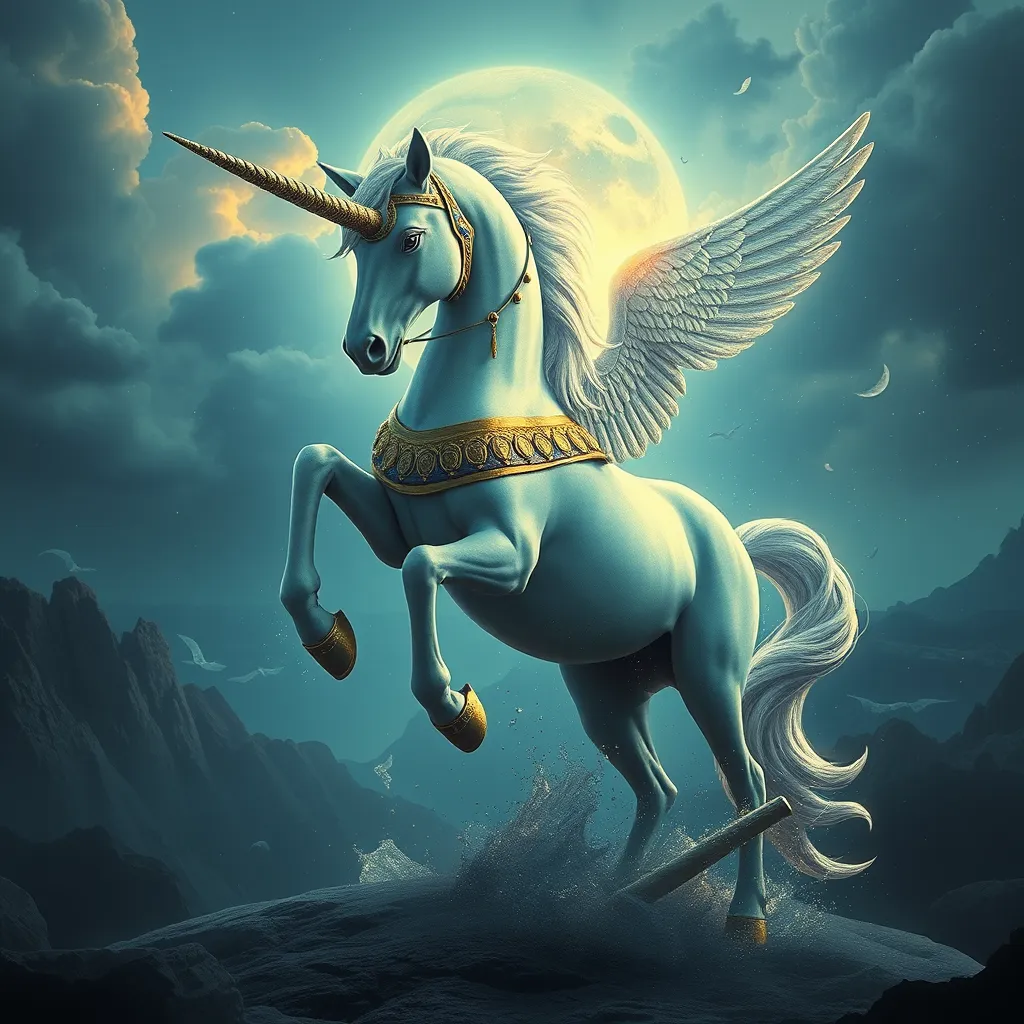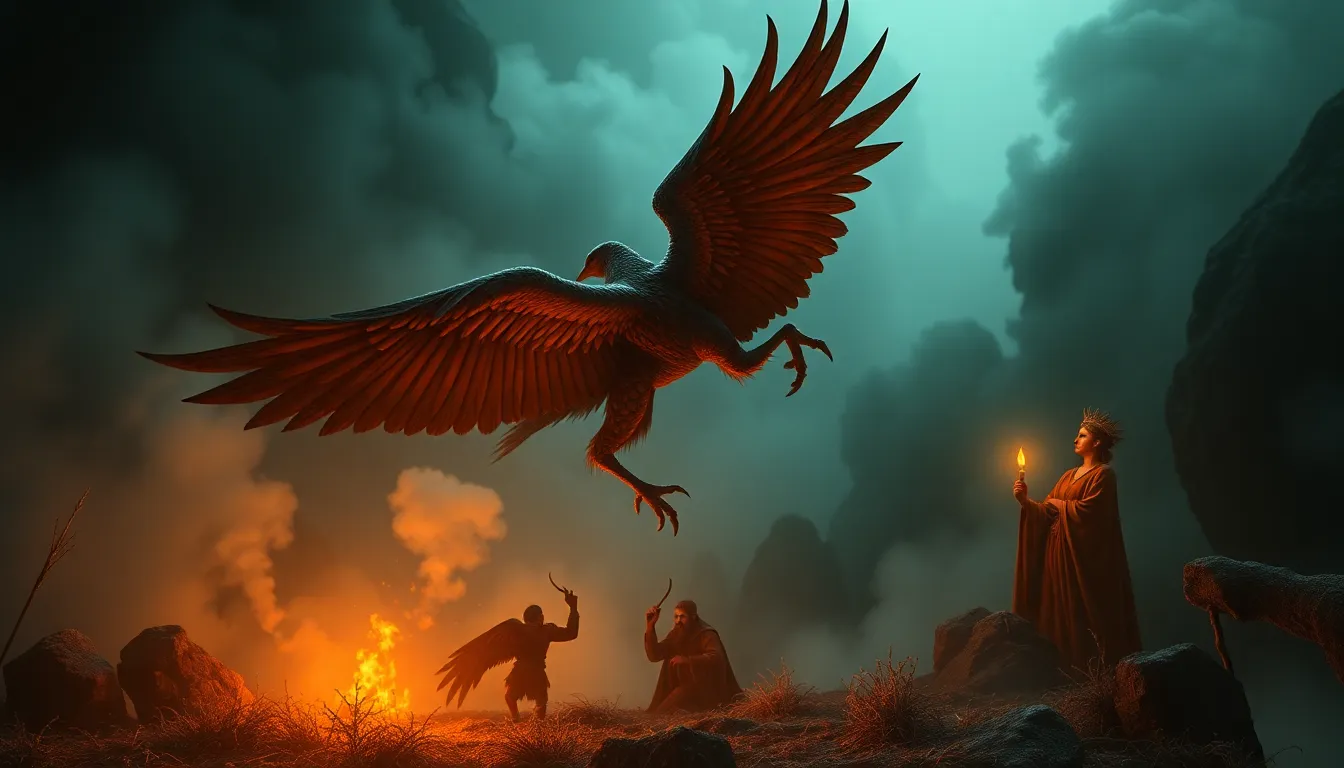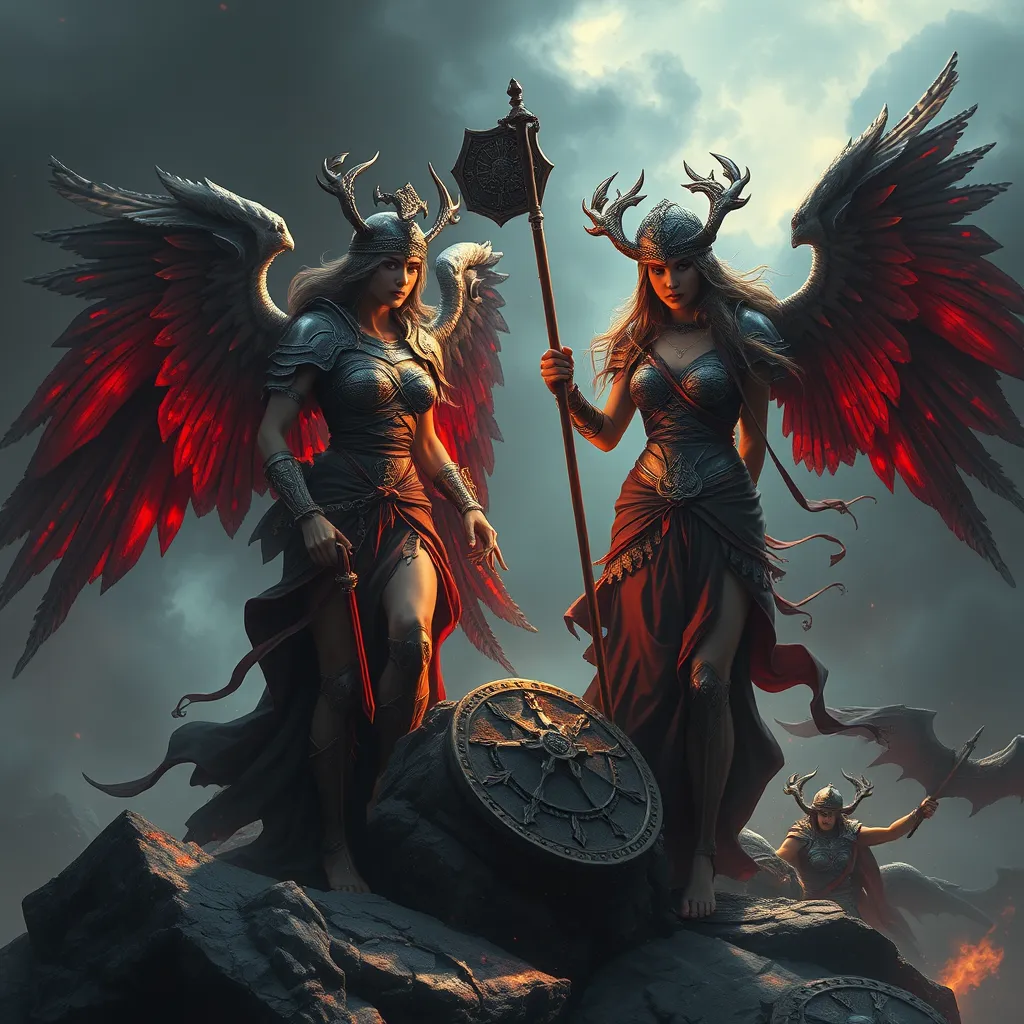The Sidhe of Ireland: Guardians of the Faerie Realm
I. Introduction to the Sidhe
The term “Sidhe” (pronounced “shee”) refers to the supernatural beings in Irish mythology, often associated with the faerie realm. The word itself derives from the Old Irish term “síd,” meaning “mound” or “hill,” indicating their connection to the land and ancient burial sites.
In Irish folklore, the Sidhe are depicted as ethereal beings that inhabit a parallel world, known for their enchanting beauty and mystique. They are often considered the guardians of the faerie realm, embodying the duality of allure and peril. Their significance has permeated contemporary culture, inspiring literature, art, and a fascination with the mystical aspects of Irish heritage.
II. The Mythological Background of the Sidhe
The Sidhe hold a prominent place in Celtic mythology, with roots tracing back to ancient Irish beliefs. They are often linked to the Tuatha Dé Danann, the mythical race of gods and heroes who were said to have inhabited Ireland before the arrival of the Milesians.
As the Tuatha Dé Danann retreated into the Otherworld, they transformed into the Sidhe, becoming protectors of the natural world and its secrets. Many tales and legends revolve around these beings, often illustrating their interactions with humans and their role in the balance of nature.
- The Tale of the Children of Lir: A story of transformation and loss, showcasing the magical abilities of the Sidhe.
- The Adventures of Nera: A journey into the Otherworld, revealing the enchanting yet perilous nature of the Sidhe.
III. The Nature and Characteristics of the Sidhe
The Sidhe are often described as strikingly beautiful, with long flowing hair and radiant skin. Their appearance can vary, but they are typically depicted as humanoid, with an otherworldly grace that captivates those who encounter them.
However, the Sidhe embody a duality that makes them both alluring and dangerous. They are known to lure humans into their realm, leading to enchanting dances and feasts, yet those who fall under their spell may find themselves lost in time or transformed into something unrecognizable.
As protectors of the faerie realm, the Sidhe are guardians of the natural order, ensuring that the balance between the human world and their world remains intact.
IV. The Sidhe’s Connection to the Landscape
Sacred sites and mounds known as “Sidhe” are scattered throughout Ireland, where the Sidhe are believed to dwell. These locations, often marked by ancient earthworks or fairy forts, are considered gateways to the Otherworld.
Natural elements play a significant role in Sidhe lore, with trees, rivers, and hills often imbued with magical properties. For example:
- The Hawthorn Tree: Considered sacred, these trees are often associated with the Sidhe and are believed to be portals to their realm.
- Rivers and Lakes: Bodies of water are frequently seen as liminal spaces where the human world meets the faerie world.
The geography of Ireland intertwines with its mythology, with many locations steeped in stories of the Sidhe, creating a rich tapestry of culture and history.
V. Encounters with the Sidhe
Throughout history, there have been numerous accounts of human interactions with the Sidhe. These encounters range from benign experiences to terrifying tales of abduction and enchantment. Historical documents and folklore often recount:
- Visions of the Sidhe during twilight hours.
- Disappearing livestock, attributed to the whims of the faerie folk.
- Strange lights in the night sky believed to be the Sidhe at play.
To honor or appease the Sidhe, various rituals and traditions have emerged, including:
- Leaving offerings of food and drink at sacred sites.
- Performing dances or songs to invoke their favor.
- Observing specific days, such as Beltane, to connect with faerie energies.
In modern times, interpretations of Sidhe encounters vary, with many viewing them through the lens of fantasy, while others remain rooted in the belief of their existence.
VI. The Sidhe in Popular Culture
The Sidhe have found their way into literature, film, and various forms of art. They are often depicted as enchanting beings, embodying both beauty and danger. Notable representations include:
- Literature: Works by authors such as W.B. Yeats and modern fantasy writers often draw inspiration from Sidhe mythology.
- Film: Movies like “The Secret of Kells” highlight the mystical aspects of Irish folklore, including the Sidhe.
- Art and Music: Contemporary artists and musicians continue to explore themes of the Sidhe, infusing their works with the allure of the faerie realm.
VII. The Sidhe and Environmental Stewardship
In many ways, the Sidhe symbolize the guardianship of nature. Their stories often emphasize the importance of respecting the natural world and the consequences of neglecting it. Lessons from Sidhe mythology can be applied to modern environmental efforts, such as:
- Promoting sustainable practices that honor the land.
- Encouraging a deeper connection with nature through folklore and storytelling.
- Highlighting the significance of conserving sacred sites associated with the Sidhe.
Folklore serves as a powerful tool in promoting ecological awareness, reminding us of the importance of harmony between humanity and the natural world.
VIII. Conclusion
The Sidhe hold a profound significance in Irish culture, representing the intersection of mythology, nature, and human experience. Their enduring legacy continues to inspire fascination and respect for the faerie realm and its guardians.
As we explore the rich tapestry of Sidhe lore, we are invited to reflect on our relationship with the natural world and the mysteries that lie beyond our understanding. The Sidhe, as keepers of ancient wisdom, remind us of the enchantment that exists in our surroundings and the importance of safeguarding it for future generations.
Engaging with the stories and traditions surrounding the Sidhe offers a gateway into a realm of wonder and reverence, inviting further exploration of the magical connections between humanity and the faerie realm.




